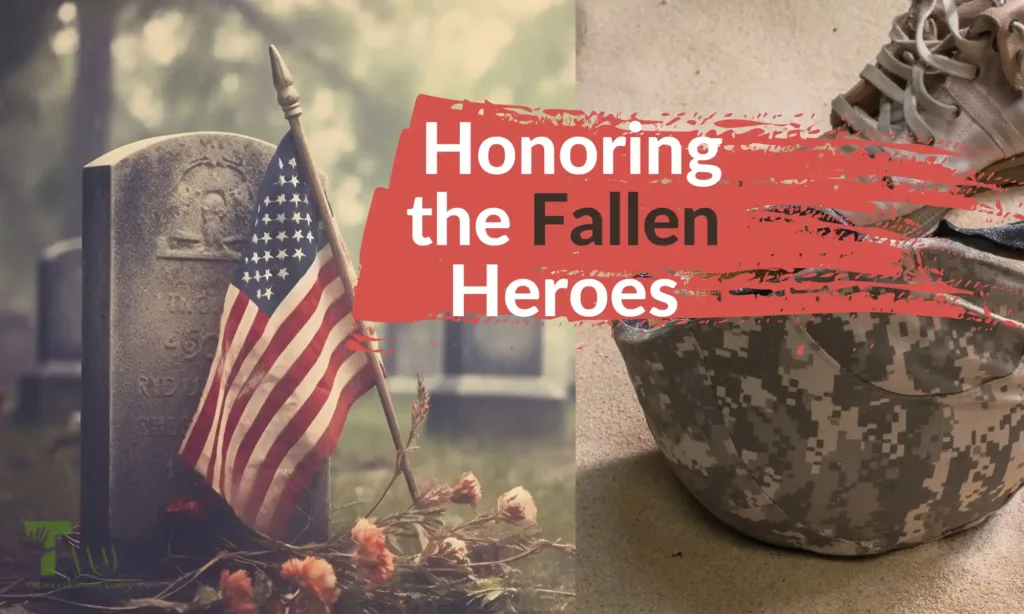Remembering the Sacrifice and Celebrating the Summer
Memorial Day, a solemn American holiday, holds a special place in the hearts of the nation’s citizens. Every year, on the last Monday of May, we pay homage to the brave men and women who made the ultimate sacrifice while serving in the U.S. military. In 2023, Memorial Day will be observed on Monday, May 29, a day dedicated to honoring the selflessness and courage of these fallen heroes.
The Birthplace of Memorial Day and Early Observances
Tracing the Origins of a Cherished Tradition
The roots of Memorial Day, originally known as Decoration Day, can be found in the aftermath of the Civil War. As the conflict came to an end in the spring of 1865, the United States mourned the loss of countless lives. The nation witnessed the establishment of its first national cemeteries, a testament to the magnitude of the war’s toll.
Across various towns and cities, a tradition began to take shape. Communities, independently and united by grief, organized springtime tributes to honor the fallen soldiers. They adorned their graves with flowers, recited prayers, and paid their respects. One of the earliest recorded Memorial Day commemorations took place in Charleston, South Carolina, where a group of formerly enslaved people organized a memorial gathering less than a month after the Confederacy surrendered in 1865. Yet, in 1966, the federal government officially recognized Waterloo, New York, as the birthplace of Memorial Day.
On May 5, 1866, Waterloo witnessed the first celebration of Memorial Day. In a powerful display of unity and reverence, the entire community came together, with businesses shuttered and residents adorning the graves of soldiers with a symphony of flowers and flags. It was a poignant gesture that touched the hearts of all, a heartfelt tribute to those who gave their all for our freedom. It marked a poignant moment when the nation collectively acknowledged the sacrifices made by its brave defenders.
Decoration Day: A Nationwide Remembrance
General Logan’s Call and the Commemoration of the Fallen
On May 5, 1868, General John A. Logan, a prominent leader of an organization for Northern Civil War veterans, issued a proclamation for a nationwide day of remembrance later that month. General Logan appointed the 30th of May, 1868, as a date to embellish the burial sites of fellow soldiers who lost their lives while defending their nation during the late conflict.
The chosen date, Decoration Day as General Logan named it, intentionally avoided any association with a specific battle anniversary. It aimed to commemorate the fallen soldiers collectively, regardless of the particularities of their sacrifice.
At Arlington National Cemetery, on the first Decoration Day, General James Garfield delivered a heartfelt speech, honoring the 20,000 Civil War soldiers buried there. Around 5,000 participants joined in decorating the graves, paying tribute to their fellow countrymen.
Over time, many Northern states embraced this commemorative tradition and continued to observe it annually. By 1890, each of these states had officially recognized Decoration Day as a state holiday. Southern states followed suit, eventually consolidating their own remembrance days with the rest of the nation after World War I.
History of Memorial Day: From Civil War to Global Conflicts
Extending Honor to All Fallen Heroes
Originally focused on remembering those lost in the Civil War, Memorial Day underwent a transformative evolution during World War I. The United States found itself deeply involved in another major conflict, necessitating a broader commemoration of American military personnel who perished in all wars. Thus, Memorial Day expanded its scope to include those who made the ultimate sacrifice in World War II, the Vietnam War, the Korean War, as well as the ongoing wars in Iraq and Afghanistan.
For many years, Memorial Day was observed on May 30, the date initially chosen by General Logan. However, in 1968, Congress passed the Uniform Monday Holiday Act, seeking to create a three-day weekend for federal employees. This act shifted Memorial Day to the last Monday in May, resulting in the creation of an extended weekend for remembrance and reflection. The change became effective in 1971, accompanied by the declaration of Memorial Day as a federal holiday.
Memorial Day Traditions and Rituals: Embracing Remembrance
Parades, Visits, and Reflections
Memorial Day comes alive in cities and towns throughout the United States, where vibrant parades take place annually. These parades often incorporate military personnel, veterans’ organizations, and patriotic displays. Notably, cities such as Chicago, New York, and Washington, D.C. host some of the largest and most cherished Memorial Day processions.
Across the nation, Americans engage in a multitude of traditions to honor the fallen heroes. Many visit cemeteries and memorials, paying their respects by leaving flowers and flags at the gravesites. It is customary for some to wear a red poppy, a poignant symbol derived from a World War I poem, as a gesture of remembrance.
While Memorial Day carries profound significance, it also serves as an unofficial herald of the summer season. As the long weekend comprising the Saturday and Sunday before Memorial Day and Memorial Day itself unfolds, countless individuals embark on weekend trips, relish barbecues, and gather with friends and family. The air becomes imbued with a sense of anticipation and celebration, marking the arrival of summer’s embrace.
On this Memorial Day, let us not only revel in the joys of the season but also cherish the memories of those who made it possible. May their sacrifices continue to inspire us, instilling a deep appreciation for the freedoms we enjoy today. Let us remember and honor the heroes who gave their lives so that we could live ours.

